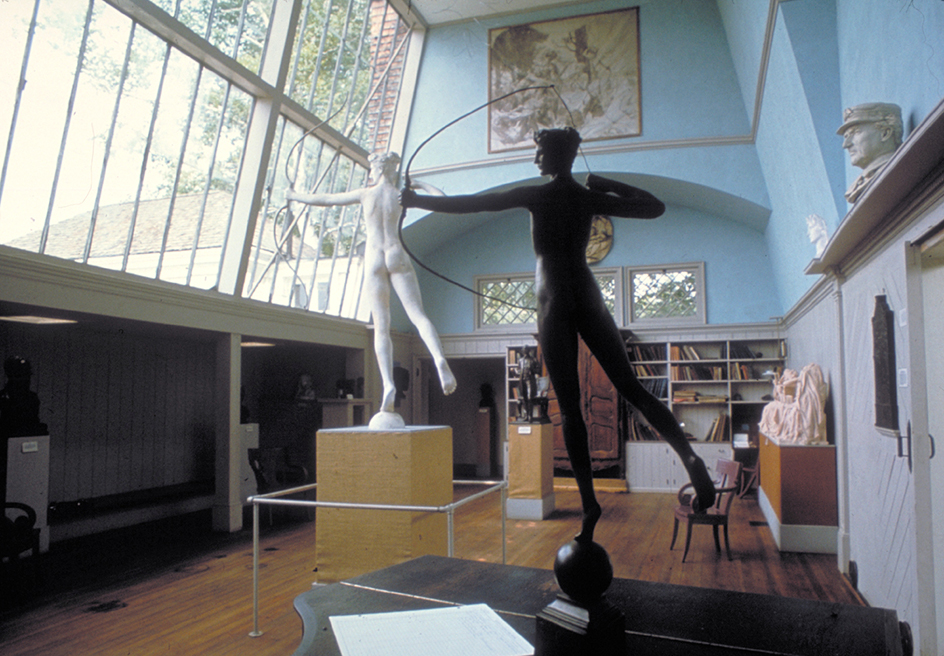Saint-Gaudens National Historical Park, in Cornish, New Hampshire, consists of the home, gardens, and studios of the American sculptor Augustus Saint-Gaudens. He worked on some of his most famous sculptures there, including Abraham Lincoln: The Man (1887) and the General William T. Sherman monument (1903).

In addition to Saint-Gaudens’s home, called Aspet, the 150-acre (61-hectare) historical park contains five exhibit buildings. The buildings include three galleries that exhibit Saint-Gaudens’s works as well as changing exhibitions of the work of other artists. A sculptor-in-residence program in a studio offers visitors a look at how a sculpture is created. A stable preserves antique carriages and the Saint-Gaudens family’s sleigh. The historical park also includes two hiking trails. Aspet retains its original furnishings as well as souvenirs from Saint-Gaudens’s travels. The sculptor named the house after the town in France where his father was born.
Saint-Gaudens had come to Cornish in 1885. After his arrival, he rented an inn owned by a New York City lawyer and friend named Charles C. Beaman. Saint-Gaudens renovated the inn into a home and purchased it and the surrounding property from Beaman in 1891. The home, Aspet, served as Saint-Gaudens’s summer home from 1885 to 1897. The sculptor then moved to Paris, but he returned to the United States in 1900. He made Aspet his permanent residence that year and lived there until his death in 1907. The United States Congress authorized the historic site in 1964. The site was upgraded to a national historical park in 2019.
